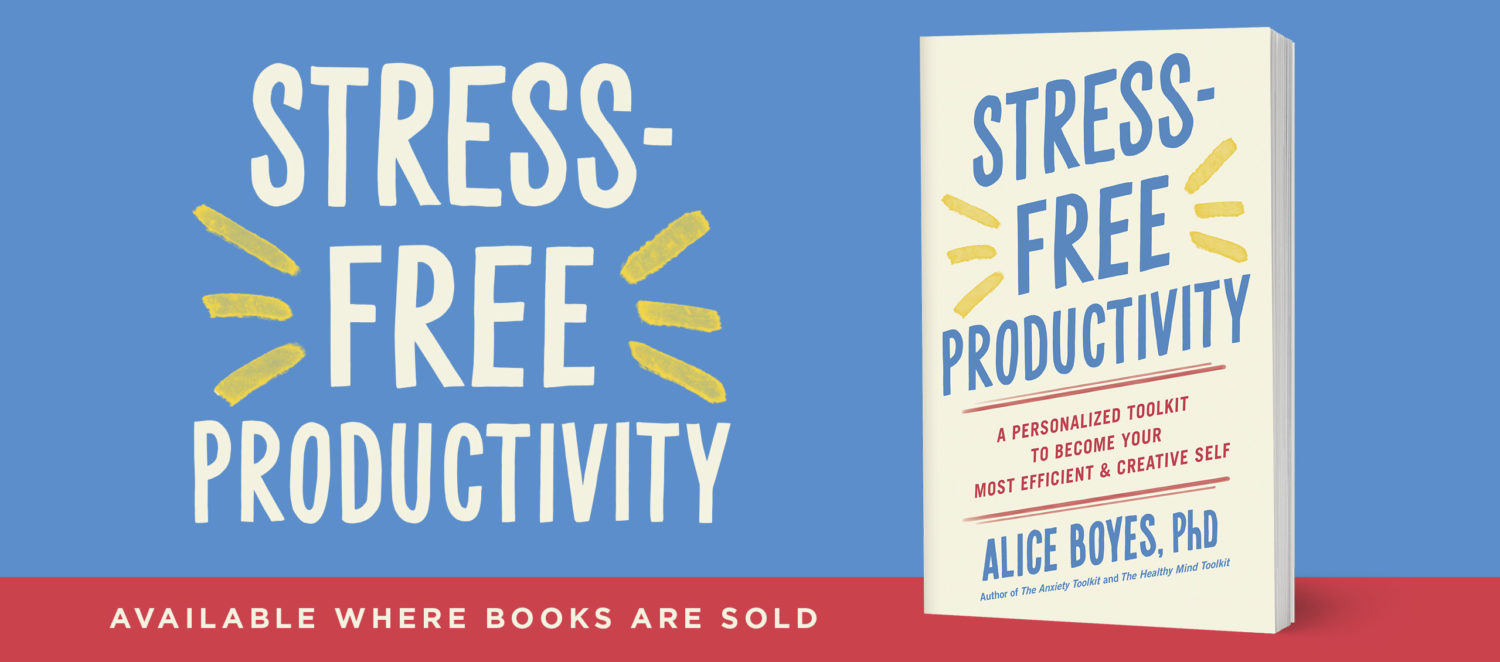Willpower Day 6. How to Increase Your Willpower Capacity.
The following strategies take willpower to do, but pay you back for that initial investment many times over by giving you more willpower capacity for any willpower-related decisions you’re making in your life. Note that I am NOT meaning this in a metaphorical sense – these activities literally change your brain in ways that make you better at willpower.
1. Exercise
2. Meditation.
3. Enough Sleep.
4. Repeatedly practicing self regulation in order to increase your self regulatory strength over time (but not to the extent of overly depleting your willpower).
For this post, I’m going to focus on #1 and #4.
At this point, I should say that there is no way I would personally be doing many of the things I recommend if I wasn’t fairly constantly exposed to reading the research evidence showing the benefits.
I’m going to explain the results of one specific study that often causes my therapy clients’ jaws to drop when I show it to them.
First, we will locate a copy of the study. Scoot over here and look at the page labelled pg. 725 of this pdf. (It’s page 9 of 17 of the actual pdf – I’m not asking you to open a 725 page file). Open the pdf in new tab in your browser. There are 3 graphs on the page – labelled Figures 4-6. Just find the page for a start and I’ll explain below.
What The Study Shows
The people in the study were given a free gym membership. They logged their exercise using self monitoring forms but they weren’t instructed to do a particular amount. (Tip: Consistent self monitoring by itself usually leads to improvements in whatever you monitor). They weren’t instructed to try to make other life changes but that is what happened. You can see in the graphs of the pdf (labelled Figs 4-6 on pg 725) that the following all decreased a little after 1 month of exercising, and then decreased further after 2 months of exercising:
– Cigarettes
– Caffeine
– Alcohol
– Junk food
– Impulsive Spending
– Over Eating
– Losing Temper
– Choosing to spend time with friends instead of study
– Choosing to watch TV instead of studying
– Missing appointments
– Putting stuff off until later
– Leaving dishes in the sink
– Healthy eating increased.
You’ll see the graphs each include 3 bars. From left to right, these bars show participants’ behavior at the start of the study (baseline), after the first month of the study, and after the 2nd month of the study.
How Did It Happen
Practicing self regulation in one area (i.e., going to the gym) strengthened participants’ brain-level self regulatory capacity.
The way they measured brain-level self regulatory capacity was that they gave participants a task designed to deplete willpower (Participants were asked to try hard to NOT think about a White Bear. This is called a Thought Suppression task) and then got them to do a computer task and tracked how many errors participants made on the computer task. Note that the researchers were interested in how well participants did at the computer task and not the thought suppression task – the thought suppression task was part of the study just to deplete some of participants’ willpower.
The computer task was a Visual Tracking Task that involved needing to play close attention to details in order to track visual stimuli across a computer screen while a distracting video of Edie Murphy was playing. (Weird sounding tasks are normal for psychology studies – a lot of consideration goes into designing them.)
Participants overall made fewer mistakes on the Visual Tracking Task after 1 month of exercising and fewer mistakes again after 2 months of exercising. This is shown by the light grey bars in the graph labelled Fig 3 on page 723 of the pdf. (The black bars on the graph are participants’ performance on the Visual Tracking Task before doing the Thought Suppression Task. You’ll notice that there is no change in this. This is there to show that it wasn’t just participants getting better at the Visual Tracking Task from having done it before. At each time of measurement, the participants did the Visual Tracking Task once, then the Thought Suppression Task, and then did the Visual Tracking Task again. The researchers were only interested in Visual Tracking Task performance after the Thought Suppression Task and not before it, because they wanted to measure self regulatory stamina after a task that was designed to deplete willpower a bit).
In addition to the average improvement across all the participants in the study, participants who improved their brain-level self regulatory capacity the most, showed the biggest improvements in real world self-regulatory behavior. (For people who understand correlation tables, you can see this in Table 4 on page 728 of the pdf.)
What You Can Do
Pick 1 thing you’re not doing out of: Getting Enough Sleep, Meditation, or Exercise, that you are prepared to do so that you give yourself the best shot of achieving your identified Willpower Goal. This should help you in all the little moments when you need to make decisions related to your Willpower Goal.
There is an example that I love in this book of someone who pasted a label that said “Willpower” over the words “calories burned” on his treadmill so that when we saw the number ticking up as he worked out, instead of calories burned it signaled willpower gained.
You could do any version of this yourself e.g., track the number of minutes you meditate each day or hours you sleep and label this as willpower you have banked that will be returned to you when you need it with a lot of interest.



